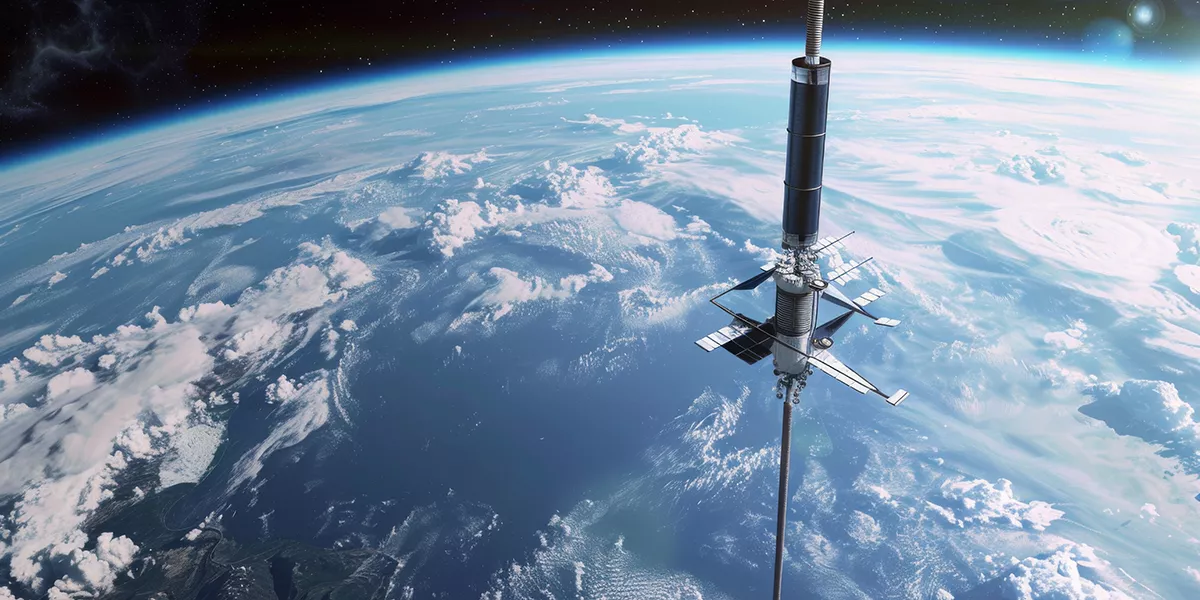ASTRO

Scheda del progetto

Politecnico di Torino

Catello Leonardo Matonti
Giuseppe Governale
Serena Pipolo
Marco Luigi Ottavi





The main goal of the project is to test patented stabilisation techniques for tethered space systems in a simulated environment. The Proof of Concept consists of an experimental test bench to simulate the in-orbit behaviour of these systems (over three degrees of freedom), so that control algorithms based on aerodynamic and gyroscopic stabilisation can be tested.
Contacts:
Contact person
Prof. Marcello Romano
The technology expected at the end of the project will consist of a hardware and a software part. The hardware part will consist of two Floating Spacecraft Simulators (FSS), equipped with appropriate sensors and actuators, which will represent a scale model of the system. These will be managed by the real-time simulation software, which will simulate their control in orbit. This experimental bench will be used to test different configurations and optimise the system architecture.
The first key step is to develop an analytical model and high-fidelity numerical simulation software. The second key step is testing and validation on the test bench with Hardware-In-the-Loop simulations. These will allow laboratory testing, using Floating Spacecraft Simulator (FSS), of key aspects related to the control of tethered space systems on a scale model in order to validate their actual effectiveness.
The main goal of our technology is to validate new methodologies for the accurate control of distributed space systems interconnected by cables (space tethered systems). The accurate control of relative roto-translative dynamics is of fundamental importance for remote sensing radar missions by means of satellite formation flight. In particular, the main objectives of such missions include imaging the ground and searching for subsurface resources (both terrestrial and extra-terrestrial).
Other tethered space applications such as active removal of space debris to mitigate the problem of overcrowded orbits are not excluded.
